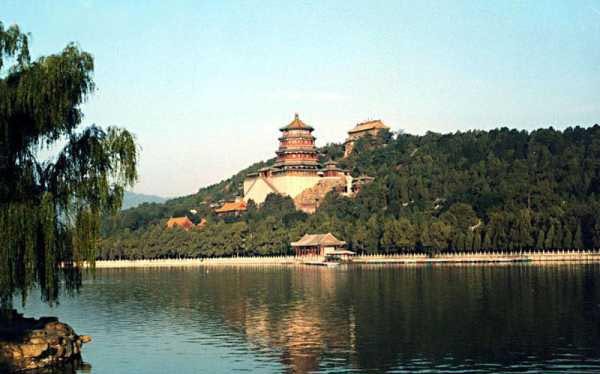|
Home Call for Papers Paper Submission Accepted Papers Proceedings Program Invited Speakers People Involved Registration Location Accommodation Visa Info Tourist Info Links Sponsors Contact |
Tourist InformationClimateAugust is Beijing's summer, sunny and hot. Average high temperature is 29.4 degrees Celsius, average low temperature is 20.2 degrees Celsius, and the average number of days with rain is 13.2.Currency and bankingThe Chinese currency is called the Renminbi (RMB). The popular unit of RMB is the yuan. The official exchange rate is about 8.2 Renminbi yuan to 1 US$. Foreign currency can be changed in most hotels, where cash dispensers using credit cards are often available.General Information about BeijingBeijing is the capital of China. The total area of Beijing is approximately 16,800 sq km, and it has over 7.23 million people, 3 million of which are temporary residents. Beijing's permanent residents are from all of the different ethnic groups found in China with the Han's comprising over 96% of the population. Mandarin Chinese is the language spoken in Beijing, with Beijing's dialect being the standard form of Mandarin. Getting aroundMore information on Beijing can be found online at the City of Beijing Tourism Administration website or through the main China National Tourism website. Here we only put some basic information on a few historic sites worth your while: 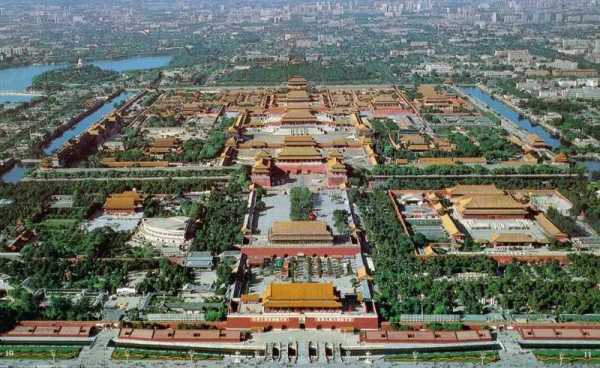 The Imperial Palace - the Forbidden City, which is 961m long from south to north and 753m wide, is the largest palace complex in the world. It served as the imperial palace in the Ming and Qing Dynasties from 1420 to 1911. Now it is known as the Palace Museum.
The Temple of Heaven was originally built in 1420 by the Ming Dynasty, occupying an area of 272 hectares. It was the place where the Ming and Qing emperors worshipped Heaven and prayed for good harvests. The north part of the temple looks round and the south looks like a square, which expresses that the heaven is round and the earth is square. The main buildings are the Hall of Prayer for Good Harvests, the Round Altar, the Echo Wall, and Imperial Vault of Heaven.
The Summer Palace was originally a royal garden and a dwelling place for emperors of the Qing Dynasty, and reconstructed and renamed as Summer Palace in 1888. The Summer Palace is mainly consists of Longevity Hill and Kunming Lake, covering an area of 290.8 hectares, 3/4 of which is covered by water. With masterly design and artistic architecture and integrating the essence of Chinese garden arts, the Summer Palace has a title of "Imperial Garden Museum". It is an imperial garden most completely preserved with richest landscapes and concentrated building. 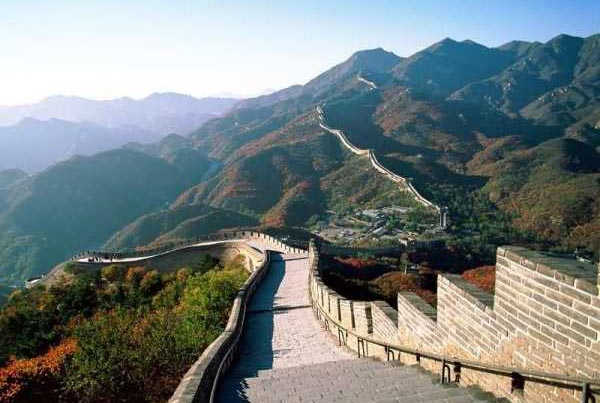 The Great Wall, running its way from east coast to west desert for 6,400 km, has become a must-see for every visitor to China. It was first built by Qin Shi Huang - the First Emperor of China as a defensive system on the northern border of the country after 214 B.C. The Badaling Great Wall in Beijing is mainly made up of remains from the Ming Dynasty (1368 - 1644). 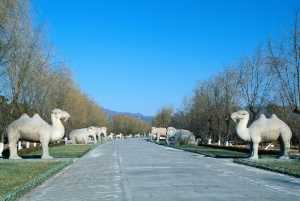 The Ming Tombs - the general name given to the mausoleums of 13 emperors of the Ming Dynasty (1368 - 1644). The mausoleums have been perfectly preserved, as has the necropolis of each of the many emperors. Because of its long history, palatial and integrated architecture, the site has a high cultural and historic value. The layout and arrangement of all thirteen mausoleums are very similar but they vary in size as well as in the complexity of their structures.  Prince Gong's Palace Garden which has a history of over 200 years, ranked No.1 among the hundreds of the Princes' residences in Beijing at that time and were called as a pearl of the inner city of Beijing. 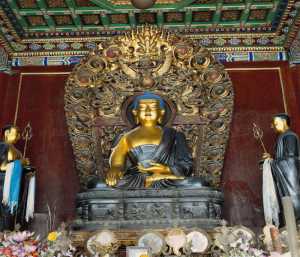 The Lama Temple, the Buddhist temple for Tibetan Buddhism of its yellow sect. There is Buddha statute made of 26 meter high white sandal wood inside the last building. It used to be the residence for the Emperor Yongzhen before his ascending to the throne in the Qing Dynasty.
|
| last modified on Saturday, 28-April-2006 15:36:20 CEST (Fenrong) |

